As that war rages, Russia is launching falsehoods into the feeds of Spanish-speaking social media users in nations that already have long records of distrusting the U.S., and the goal is to paint Vladimir Putin as the good guy, just trying to unite one people, and that the United States and its allies started the whole war. Though many of the claims have been discredited, the lies are still spreading widely in Latin America and helping to make Kremlin-controlled outlets some of the top Spanish-language sources for information about the war. As reported by the AP:
U.S.-based tech companies have tried to rein in Russia’s social media outlets’ ability to spread propaganda following the invasion
Washington (AP) — Though Russia is the country that invaded its neighbor Ukraine, the Kremlin’s version relentlessly warns social media users across Latin America that the U.S. is the bigger problem.
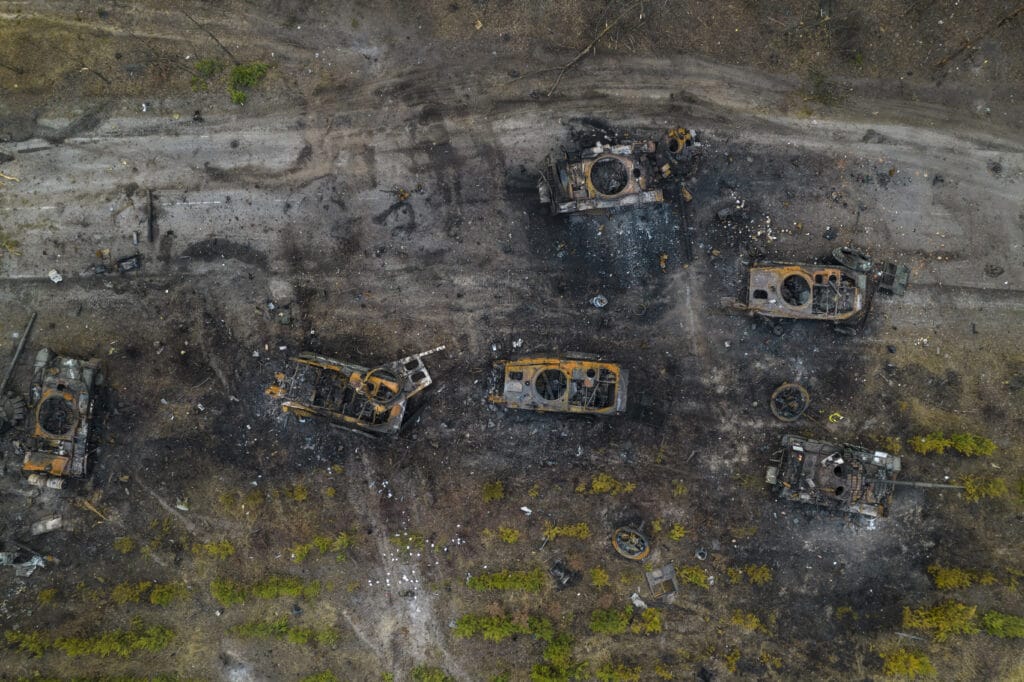
“Never forget who the real threat to the world is,” reads a headline, translated here from Spanish. The article, originally posted in late February on Twitter by RT en Español, is intended for an audience half a world away from the fighting in Kyiv and Mariupol.
As that war rages, Russia is launching falsehoods into the feeds of Spanish-speaking social media users in nations that already have long records of distrusting the U.S. The aim is to gain support in those countries for the Kremlin’s war and stoke opposition against America’s response.
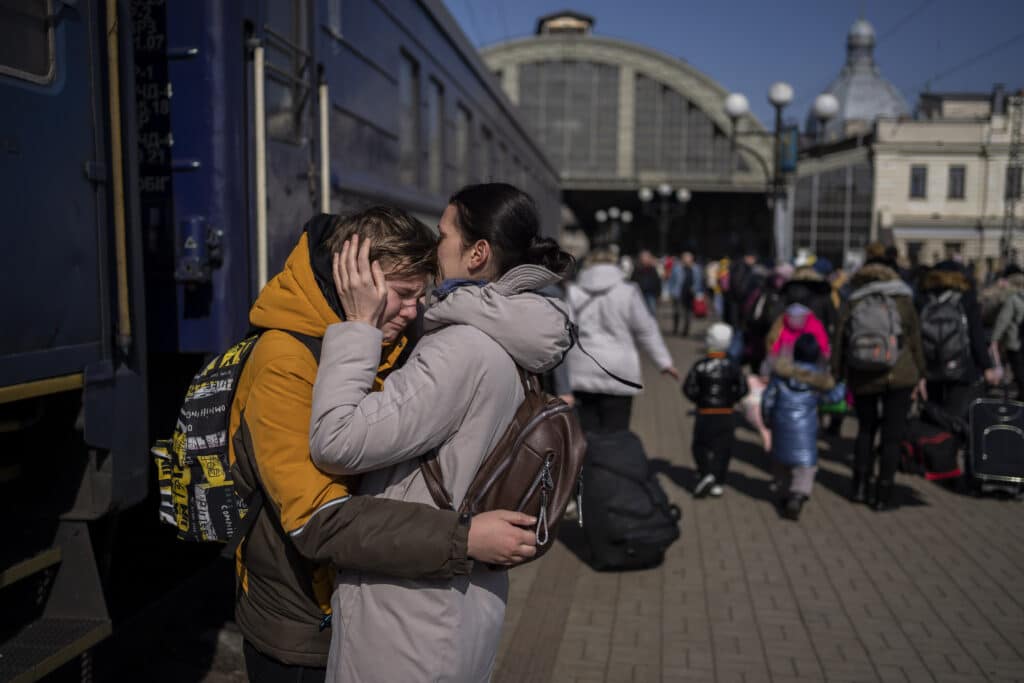
Though many of the claims have been discredited, they’re spreading widely in Latin America and helping to make Kremlin-controlled outlets some of the top Spanish-language sources for information about the war. Russian outlet RT en Español is now the third most shared site on Twitter for Spanish-language information about Russia’s invasion.
“RT’s success should be concerning to anyone worried about the success of democracy,” said Samuel Woolley, a University of Texas professor who researches disinformation. “RT is geared toward authoritarian control and depending on the context, nationalism and xenophobia. What we risk is Russia gaining control of an increasingly large market share of eyeballs.”

U.S.-based tech companies have tried to rein in Russian outlets’ ability to spread propaganda following the invasion, by banning apps linked to the outlets, demoting the content and labeling state-run media outlets. The European Union has banned RT and Russian state-owned Sputnik,
Yet the content thrives on Spanish-language websites, message boards and social media pages. While Russia also creates propaganda in languages including English, Arabic, French and German, it’s found particular success with Spanish-speaking users, according to recent research by Esteban Ponce de Leon, a Bogota, Colombia-based analyst with the Atlantic Council’s Digital Forensic Research Lab, a Washington think tank that receives funding from the U.S. and other governments.

Russia’s discredited claims about Ukraine and the U.S. include allegations that the invasion was necessary to confront neo-Nazis, or that the U.S. has secretly backed biological warfare research in Ukraine. In fact, the U.S. has long publicly provided funding for biological labs in Ukraine that research pathogens with the hope of curbing dangerous disease outbreaks.
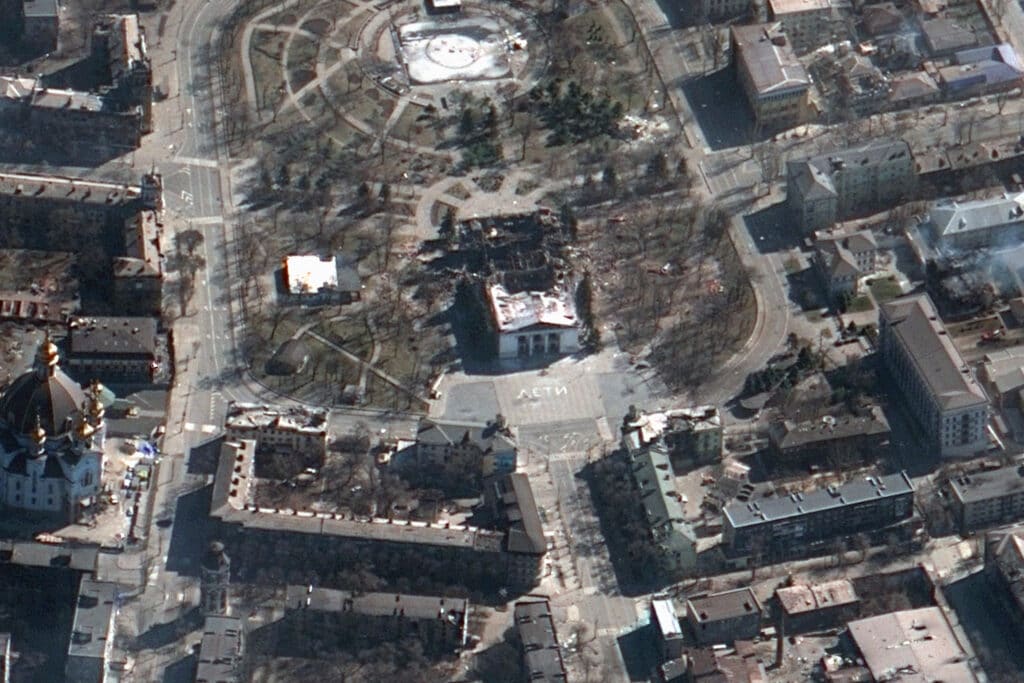
That type of disinformation can easily flow from Latin America into other countries — including the U.S. — that have large Spanish-speaking communities. Sometimes it’s passed between relatives who might be sharing the claims across continents with one another. It’s another potential entry point for Russia, and a reminder of the sophistication of the Russians’ efforts.
‘There’s different avenues where RT is actively engaging communities across Latin America and the United States,” said Jacobo Licona, a researcher at the Democratic firm, Equis Labs. “That’s part of the reason RT has been so effective, they’ve been building this network or community ahead of time.”
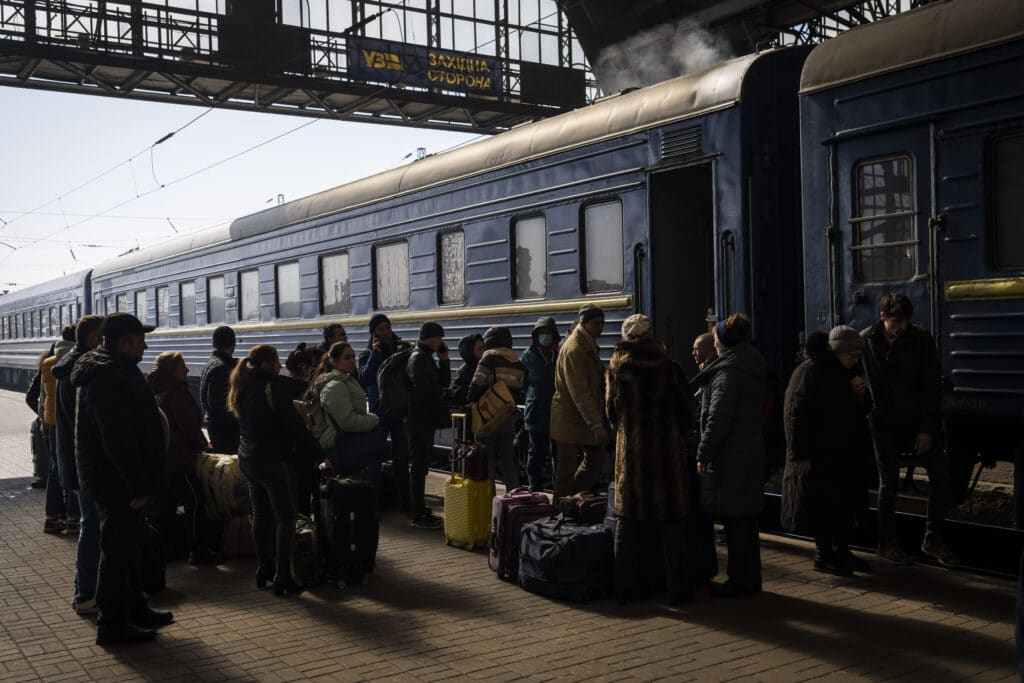
As one of the world’s most-spoken languages, Spanish is of obvious interest to any government or organization intent on shaping global public opinion. But Russia’s focus on the Spanish language goes further, reflecting the historic and strategic importance of Central and South America during the Cold War, said analyst Ponce de Leon of the Atlantic Council.
For decades, the Soviet Union sought to exploit historic tensions between the U.S. and Latin America by supporting communist factions and larger allies including Cuba. Russia has sought to portray the U.S. as a colonizing empire, even as the Kremlin has worked to strengthen its own ties to the hemisphere.
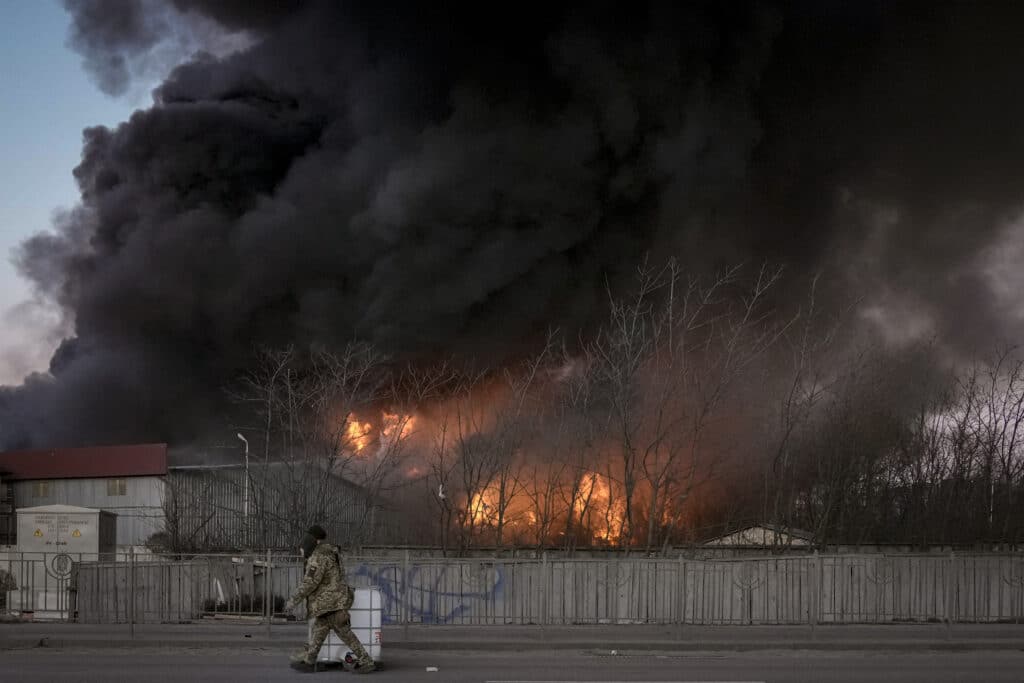
RT’s Spanish language service began in 2009, four years after its English language version. It has rapidly gained ground and is now far more popular than its English counterpart. RT en Español has more than 16 million followers on its Facebook page, nearly triple the number of its English site.
High profile names in Latin America have in some cases given RT a hand. Ex-Ecuadorian President Rafael Correa began hosting a weekly political talk show for RT in 2018, less than a year after he left office. Since then, he’s been convicted of corruption charges that forced him to flee Ecuador for Europe. Authorities in Ecuador have also accused him of trying to destabilize his successor’s government.
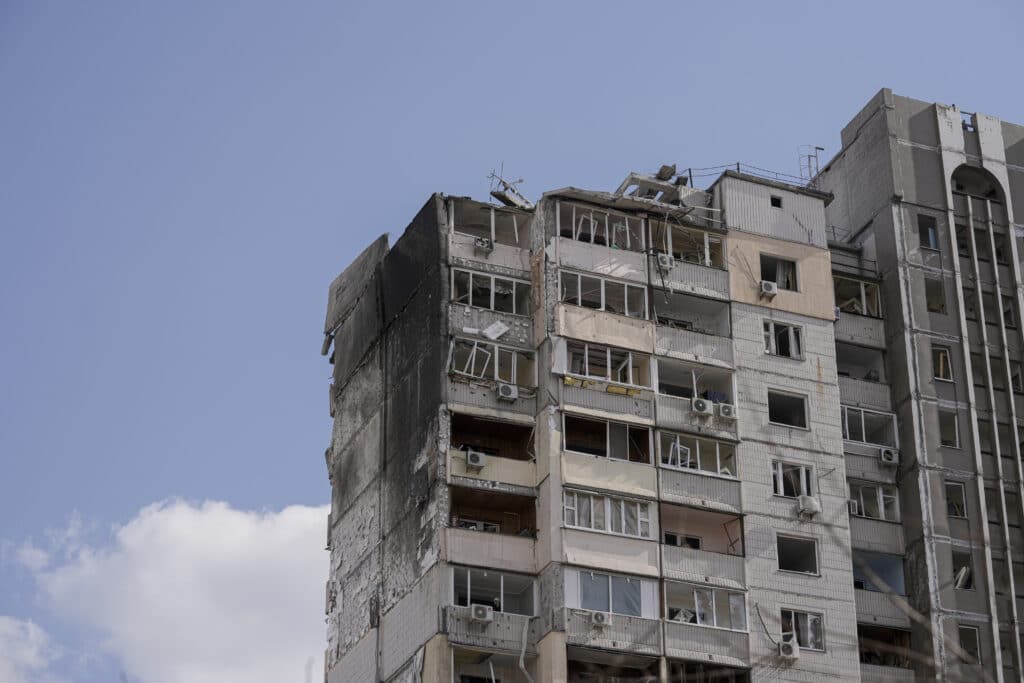
In March, RT en Español’s Facebook page experienced a boost in interactions, generating roughly 75,000 likes, reactions, and comments on its pages daily, according to an analysis by the Equis Institute, a Democratic research and polling firm. The bump in engagement continued even after tech company Meta said it was demoting Russian-state media pages across its platforms, which include Facebook and Instagram.
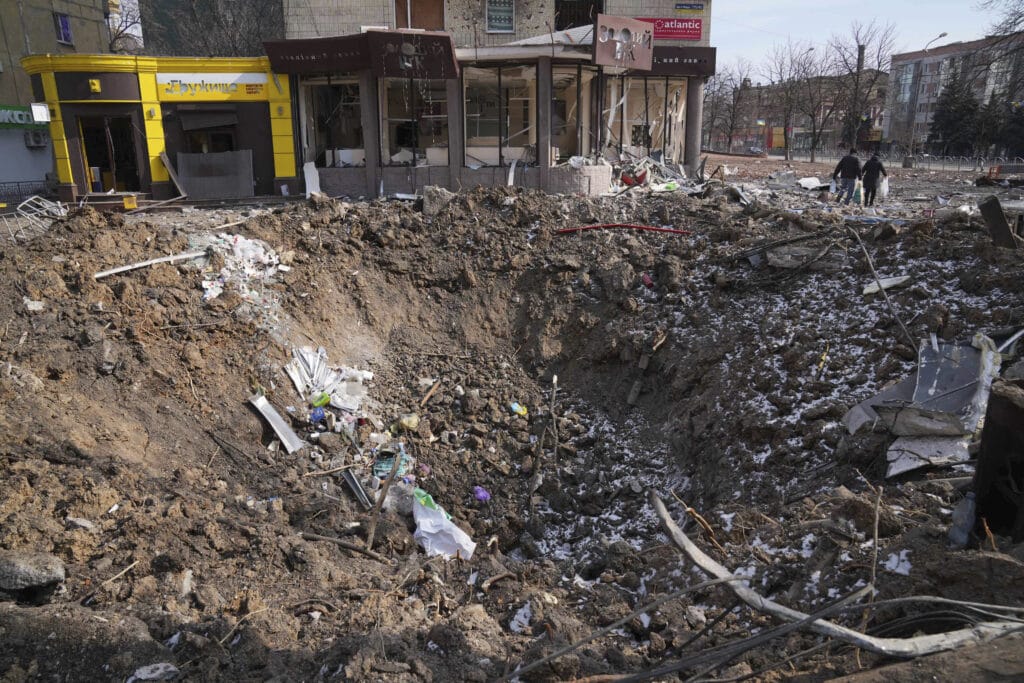
On Twitter, RT and Sputnik get help from Russian diplomats and a network of other accounts that researchers say artificially boost the popularity of the posts. That has helped RT become the third-most shared site for Spanish-language information on the Ukraine war on Twitter, outperforming local news sources as well as international outlets like the BBC and CNN.
Ponce de Leon tracked thousands of accounts that posted or reposted content from RT and Sputnik on Twitter and found that 171 accounts were responsible for 11% of the overall engagement with the posts. During one eight-day period in March, those accounts posted more than 200,000 times, or an average of 155 tweets per day for each account – significantly more than a normal user.
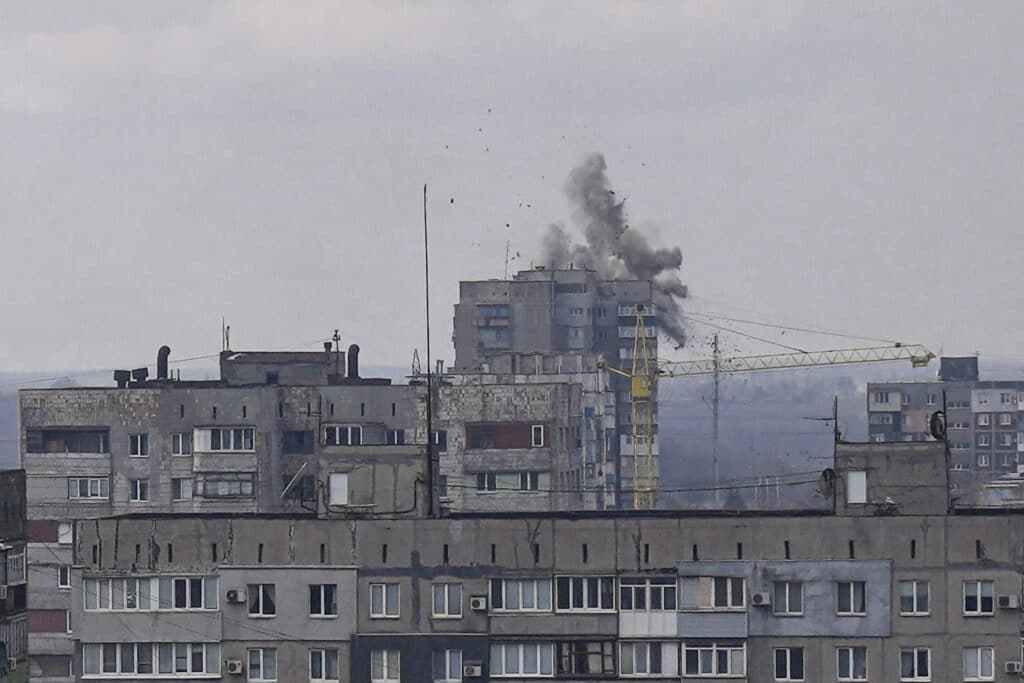
The suspect accounts helped spread the content to authentic users, Ponce de Leon said, in an effort to grow RT’s already impressive audience in Latin America.
“Russia is seeking to maintain its popularity in Latin America,” he said. “RT and Sputnik already have a big audience in the region. Should we be concerned? The answer would be yes.”
Writer Abril Mulato contributed to this report from Mexico City.
By DAVID KLEPPER and AMANDA SEITZ






